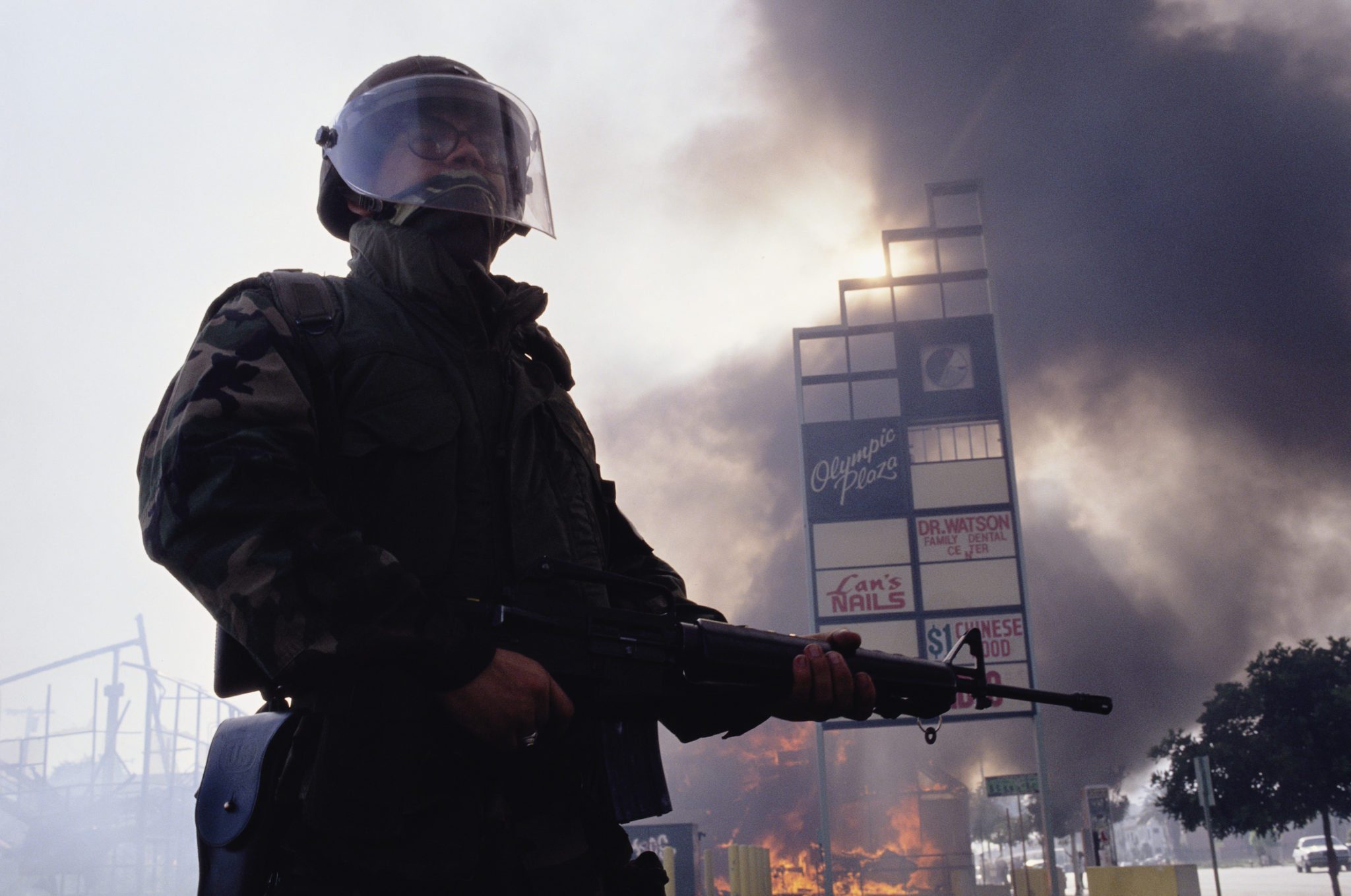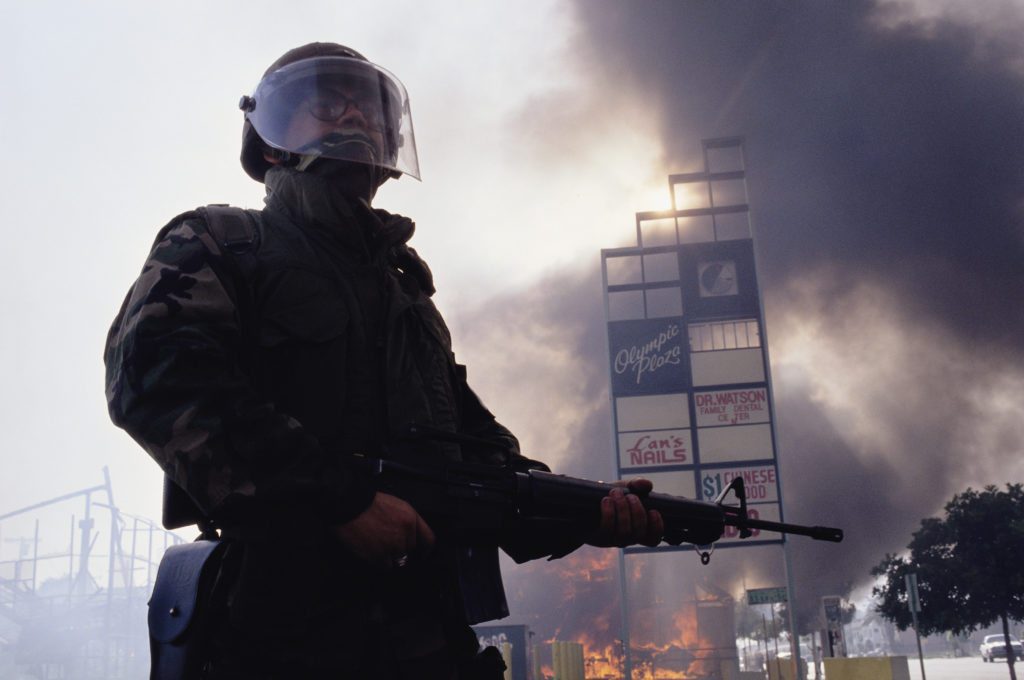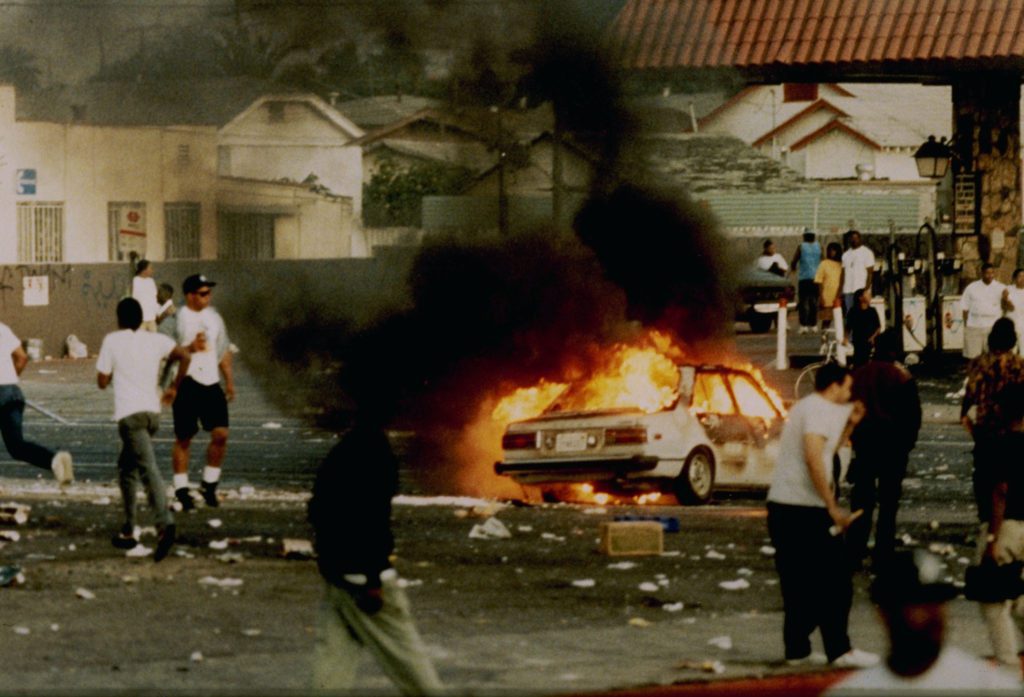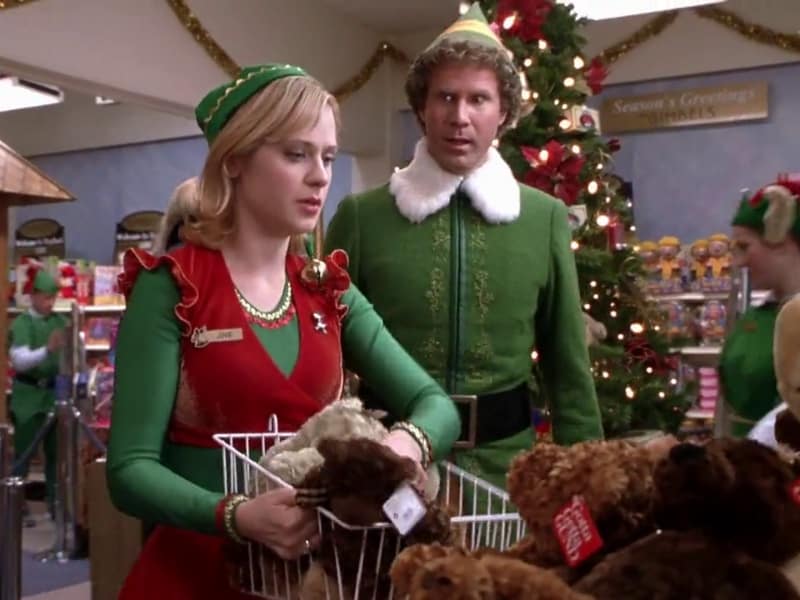Once upon a time before I became your friendly neighborhood ScreenFish Film Analyst, I was a college student studying theater at Grambling State University. ?At the close of my freshman year on campus, “the yard” – our pet name for the campus – was all abuzz with thoughts of SpringFest, our annual celebration marking the close of the semester full of concerts featuring top R&B & hip hop artists, parties on and off campus, and nonstop debauchery. Unfortunately for me, who like many other students hailed from Los Angeles, our plans for big fun took a sharp detour.
For on this day, April 29, 1992, a Simi Valley jury acquitted four police officers who were videotaped while beating unarmed motorist Rodney King. The tape told the story. The batons lashed at the man’s body with full force. As comedian Eddie Griffin stated on an episode of “Def Comedy Jam,” even “Stevie Wonder could see these [men] were guilty!” Yet they beat the rap.
And then a few angry citizens of South Central LA beat down buildings, police cars, store owners and truck drivers who happened to be at the absolute wrong place at the most unfortunate of times.
Twenty-five years later, the pain of that day was revived in my memories thanks to the National Geographic documentary LA 92. Premiering Sunday April 30 at 9/8c, the film, directed by Dan Lindsay & TJ Martin merges archival footage from the 1965 Watts riots with the events leading up to the 1992 riots. ?Both incidents were sparked by police brutality. Both had LAPD brass defending the actions of their officers accused of their crimes. Both bore the fury of outraged citizens who were tired of the seemingly never-ending cycle of violence and suffering at the hands of those mandated to protect and serve.
The film doesn’t merely focus on the Rodney King beating. ?It also depicts the killing of Latasha Harlins, who was killed by a Korean store owner for allegedly stealing orange juice. The store owner was found guilty of voluntary manslaughter – but served no jail time for shooting this unarmed teenager in the back of her head while leaving the store. ?This incident, along with the acquittal of those four officers, made those early 90’s Black citizens of LA conclude that their lives did not matter. ?So after the infamous NOT GUILTY verdict was announced – and despite the pleas for peace coming from LA’s First AME Church – the city burned.
And, to be clear, it was THE ENTIRE CITY that burned, not just South Central LA. ?The riots touched down in Koreatown and the outskirts of Hollywood as well. ?But, of course, South Central was the epicenter as witnessed by the horrific assaults that took place at the intersection of Florence & Normandie…which was five minutes away from my house.
As stated earlier, the film features one hundred percent?archival footage. ?All images are captured from VHS/Beta/Videotape footage from back in the days. ?The anger of the citizens was captured. The filmmakers, in my opinion, made a huge omission in telling this story. ?If EVER there was a golden opportunity to merge in NWA’s controversial classic “F The Police,” this was it. ? That song was the battle cry of those LA residents who were fed up by the boys in blue who felt that their badge gave them “the authority to kill a minority.” ?LA hip hop artists did not hesitate to put on wax their tales of police brutality and harassment. ?Ice Cube’s “Black Korea” even gave a bold prophecy of what would happen if other Asian store owners continued to harass their Black clientele and take matters into their own hands. ?Those musical examples are missing from the film; with orchestral music in their place. ?Those glaring oversights make the film ever so incomplete in telling this story.
Twenty-five years later, I’m out of college, raising a family in the LA suburbs, about to make a MAJOR relocation to Dallas, TX. ?But watching this documentary was like ripping a Band-aid off of a wound that was not quite healed. ?Because as I watched those events from yesteryear, I couldn’t stop thinking about Trayvon Martin, Michael Brown, Saundra Bland, Philando Castile, all the other victims of police brutality, and all the subsequent riots across the country because of the blind eye of justice – DESPITE the videographed evidence. The documentary closes out with Rodney King’s forlorn cry asking “Can’t we all just get along?”
Twenty-five years later, it doesn’t look that way. ?The anger still burns in the nation.?The wounds are still fresh. The pain has not gone away.







